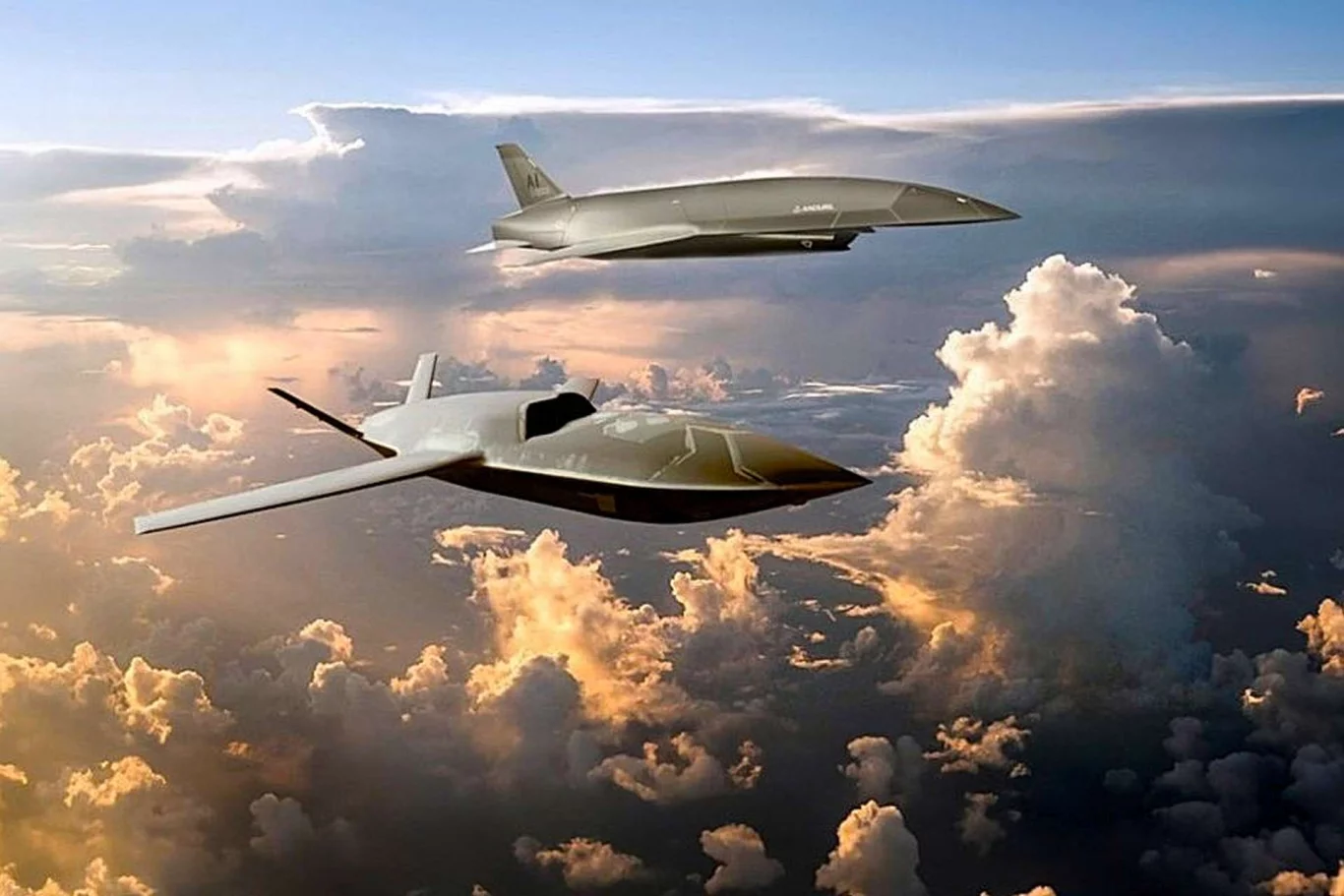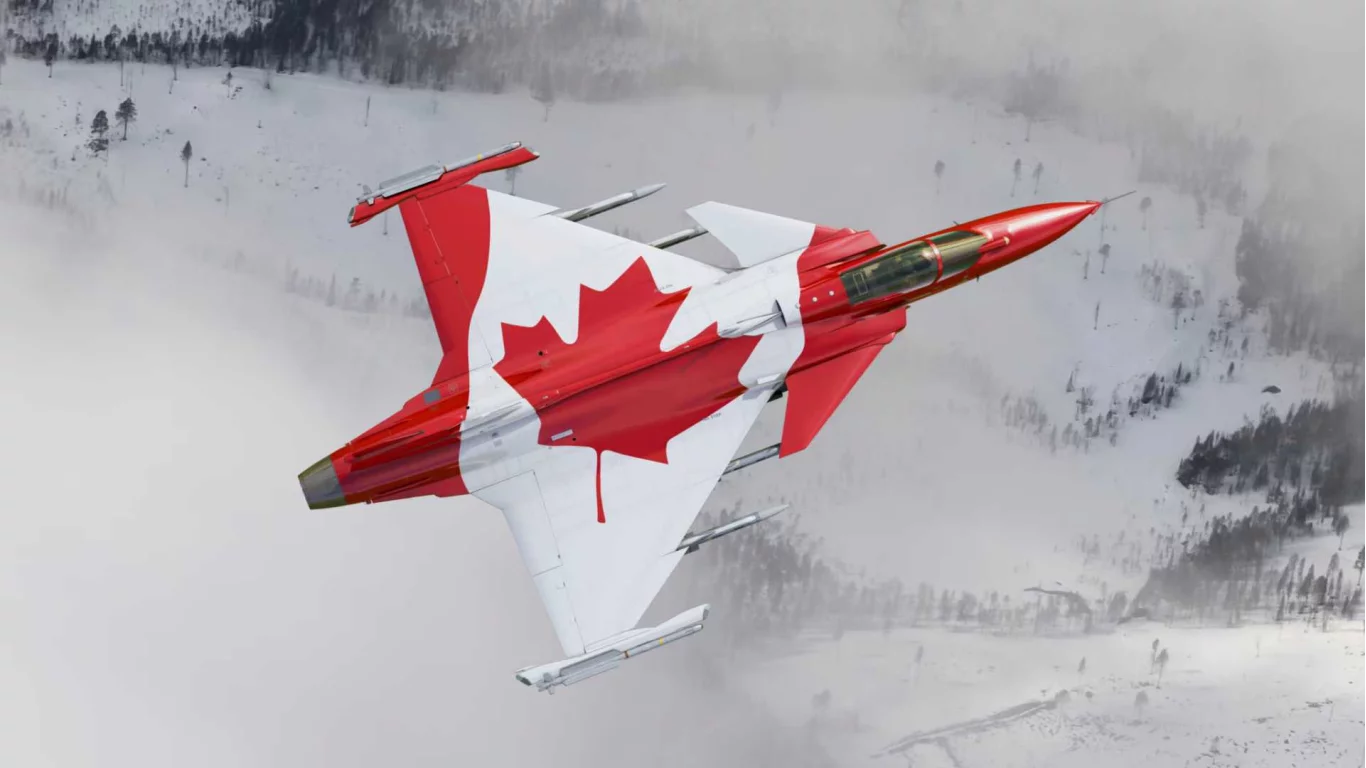In a significant development that underscores both strategic military modernization and deepening bilateral defense ties, Türkiye has reportedly moved to acquire a fleet of retired C-130J Super Hercules transport aircraft from the United Kingdom’s Royal Air Force (RAF). This acquisition, while involving “pre-owned” assets, represents a highly pragmatic and cost-effective solution for Türkiye to immediately enhance its crucial military airlift capabilities, ensuring robust logistical support for its armed forces in an increasingly complex geopolitical landscape. For the UK, it provides a valuable opportunity to support a key NATO ally and demonstrate continued defense cooperation.
The C-130J Super Hercules is a globally recognized workhorse of military aviation. As the latest production variant of the venerable C-130 Hercules, it boasts significant improvements in performance, avionics, and operational efficiency over its predecessors. Key enhancements include new Rolls-Royce AE 2100 turboprops with six-bladed propellers, a digital avionics suite with a head-up display, and increased speed, range, and payload capacity. These attributes make the C-130J an indispensable asset for a wide range of missions, from tactical troop and cargo transport to humanitarian aid and special operations support.
For the Turkish Air Force (Türk Hava Kuvvetleri, THK), the acquisition of these C-130Js is a strategic imperative. Türkiye maintains a substantial military presence and frequently engages in operations across a vast geographical area, including domestic counter-terrorism operations, regional security deployments, and international humanitarian missions. A robust airlift capability is the backbone of such operations, ensuring that personnel, equipment, and supplies can be moved rapidly and efficiently wherever they are needed. While Türkiye already operates a fleet of C-130s, incorporating the more advanced ‘J’ models will provide:
- Enhanced Performance: Greater speed, range, and payload capacity mean faster deployments and the ability to carry more cargo over longer distances.
- Modern Avionics: The digital cockpit and advanced navigation systems reduce pilot workload and improve situational awareness, especially in challenging environments.
- Logistical Commonality: Integrating C-130Js allows for commonality with existing C-130 operations, simplifying maintenance, training, and spare parts management compared to introducing an entirely new aircraft type.
- Future-Proofing: The C-130J platform has a long operational lifespan ahead, ensuring Türkiye’s airlift capabilities remain relevant for decades.
The RAF’s decision to retire its C-130J fleet stemmed from a strategic shift towards a smaller, all-Atlas (A400M) heavy lift fleet. While the C-130J remains a highly capable aircraft, fleet rationalization is a common practice among modern air forces seeking to optimize resources and streamline logistics. The availability of these well-maintained, relatively modern aircraft presented a unique opportunity for Türkiye to acquire proven assets without the lengthy production lead times or higher costs associated with purchasing brand new C-130Js directly from the manufacturer, Lockheed Martin.
This deal also carries significant implications for UK-Türkiye bilateral relations and NATO cohesion. Both countries are key NATO allies, and defense cooperation is a critical component of their partnership. The sale of these aircraft demonstrates:
- Strengthened Alliance: The UK is directly contributing to the modernization of a crucial NATO ally’s capabilities, enhancing the alliance’s overall logistical and rapid deployment capacity.
- Economic Diplomacy: Such defense transactions foster economic ties and can pave the way for future collaborations in other defense sectors.
- Interoperability: By operating C-130Js, Türkiye further enhances its interoperability with numerous other NATO and allied nations that also fly the Hercules family of aircraft, simplifying joint exercises and coalition operations.
The process of integrating these aircraft into the Turkish Air Force will involve several key phases:
- Transfer and Inspection: The physical transfer of the aircraft, followed by thorough inspections and any necessary refurbishment.
- Training: Extensive training programs for Turkish pilots and ground crews on the specific operational and maintenance procedures of the C-130J.
- Logistics Integration: Establishing supply chains for spare parts, maintenance schedules, and technical support.
- Operational Integration: Incorporating the new aircraft into existing THK units and mission planning.
In a world where rapid response and efficient logistics are increasingly critical for military effectiveness and humanitarian efforts, acquiring these C-130Js is a shrewd and timely move by Türkiye. It leverages available, high-quality assets to immediately bolster a vital capability, while simultaneously reinforcing strategic partnerships within the NATO alliance. The roar of the C-130J Super Hercules, now flying under Turkish colors, will not only symbolize enhanced logistical prowess but also a tangible commitment to strengthening collective defense and stability in a challenging global environment.




